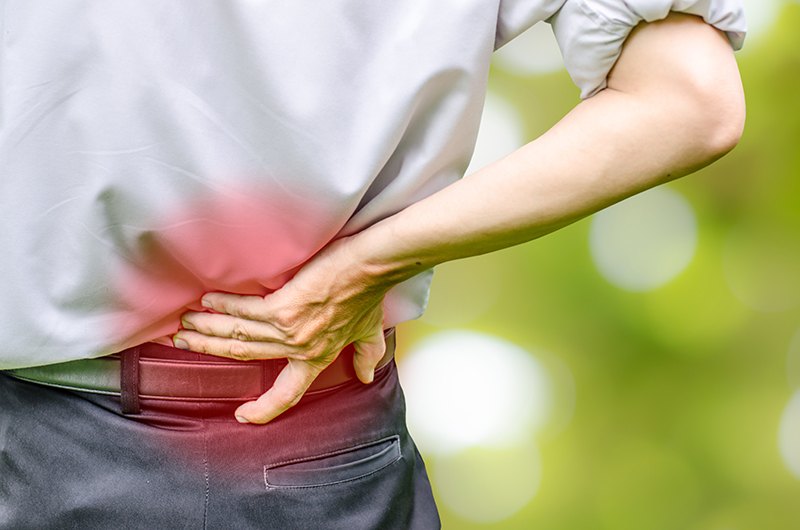
Before we dive in, let’s clarify what a disc is. It is not, as many people think, a bone in your spine, and rather it’s a protective layer in between the bones in your spine. It’s a disc-like layer that acts as a cushion between the vertebrate that make up your spine, and can also be referred to as intervertebral discs. The disc itself has a hard exterior, and a soft interior.
Before we dive in, let’s clarify what a disc is. It is not, as many people think, a bone in your spine, and rather it’s a protective layer in between the bones in your spine. It’s a disc-like layer that acts as a cushion between the vertebrate that make up your spine, and can also be referred to as intervertebral discs. The disc itself has a hard exterior, and a soft interior.
The term slipped is a bit of a misnomer, since the condition has nothing to do with the disc itself moving around. In reality, a herniated disc means that the hard outer casing has torn, causing the jelly-like interior to rupture through. While many people experience no symptoms from this condition, others will experience pain when the affected disc puts pressure on the spinal cord or surrounding nerves.
Common causes: age and injury.
The most common cause of herniated discs is simply the wear and tear of life. In medical terms, we’d call this disc degeneration, in which the disc is gradually impacted over time.
Other times, trauma and injury can cause a disc to rupture. Some of the most common types of injury that cause herniated disc include:
- Accidents or improper form when lifting heavy weights
- Car accidents
- Occupational hazards, or repetitive movements
Other factors that may cause a herniated disc are genetics or the pressure caused by excess weight.
What are the signs and symptoms?
Specific pain will depend on what part of the spine is being affected, but there are certain signs and symptoms that are common in most cases.
Pain around the area. Levels and types of pain will vary per person but can be intense and radiate outwards into other parts of the body.
Numbness and tingling. This is a clear sign that something is wrong, and is a result of surrounding nerves being impacted by the herniated disc. The numbness or tingling may radiate outwards into extremities, such as arms and legs.
Muscle weakness. Otherwise unexplained weakness in arms or legs is another common symptom and can vary in degrees per person.
How is a herniated disc treated?
Since the symptoms mentioned above can greatly impact a patient’s quality of life, our primary concern is pain management and relief. No one should have to walk through life with the pain caused by a herniated disc, and there are plenty of non-invasive ways to help manage this.
For some patients, we’ll recommend non-surgical treatments such as physical therapy and home care. For others, surgery may be the best way to treat the condition and help patients lead a pain-free life.
The most important thing to know is that every case is different, but that a qualified doctor can create a treatment plan just for you.
When to get help
Any time you’re experiencing pain, numbness, tingling, muscle weakness, or mobility impairment, you should seek medical attention. In fact, although we love educating others on spine health, information from any website should never replace a one-on-one conversation with a professional.
If you believe that you or a loved one may have a herniated disc, contact us to schedule an appointment with one of our friendly patient coordinators for help. Our team at Orthopedic Center of Palm Beach County have been serving patients for decades and are here to help you, too.





